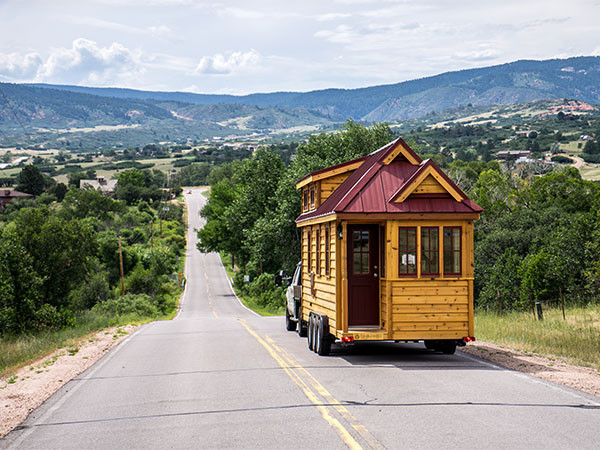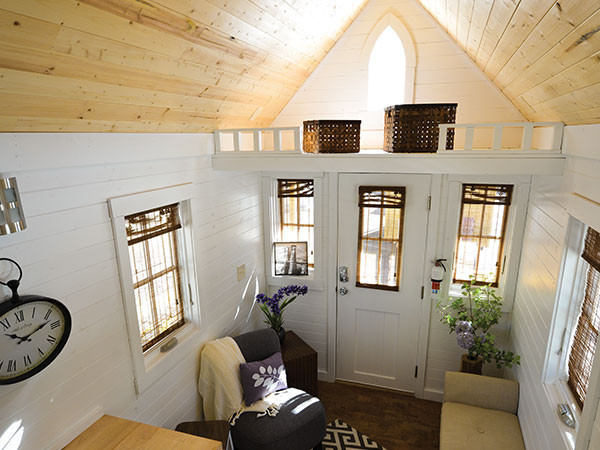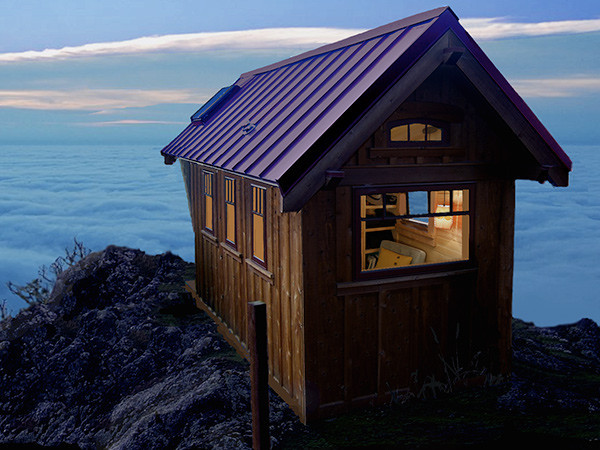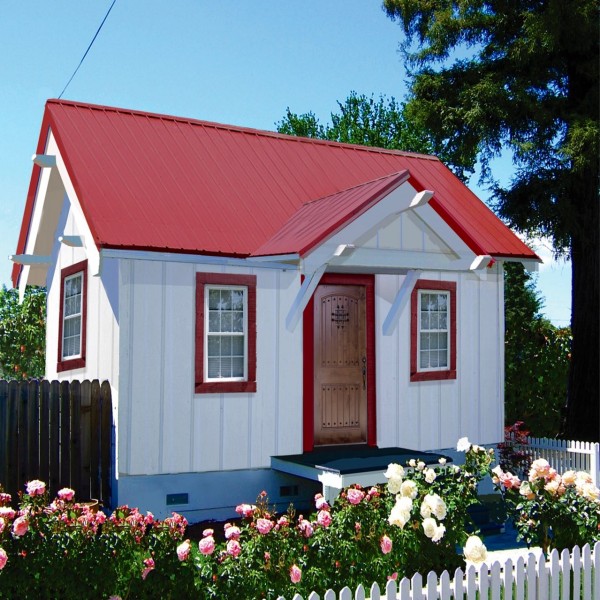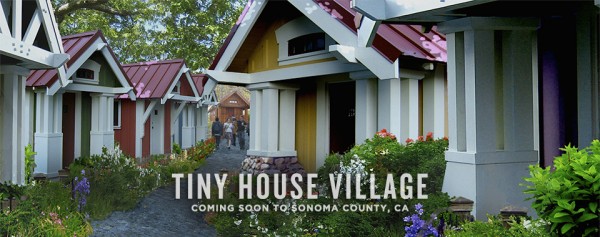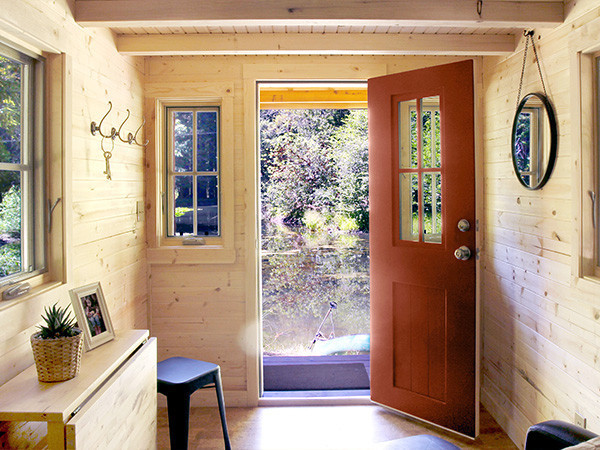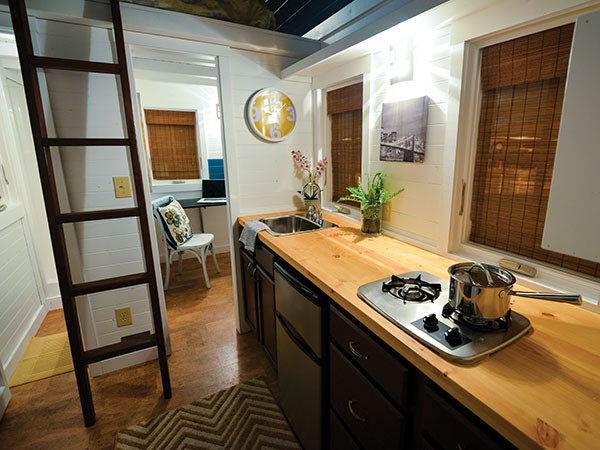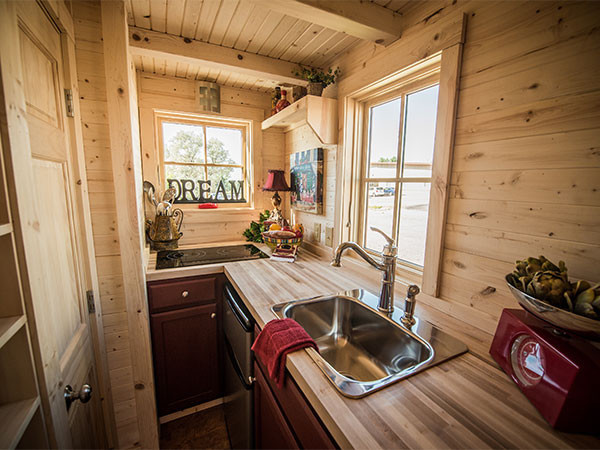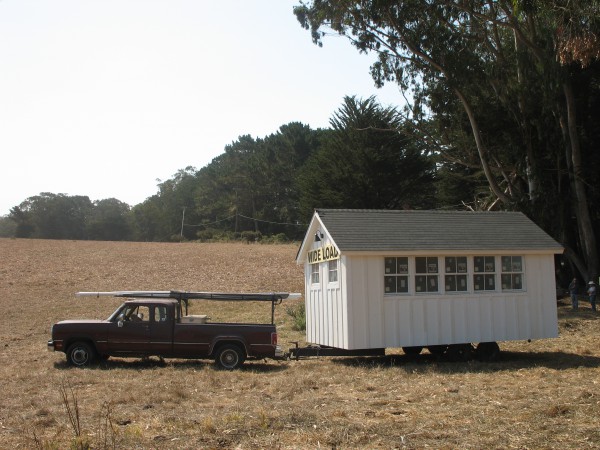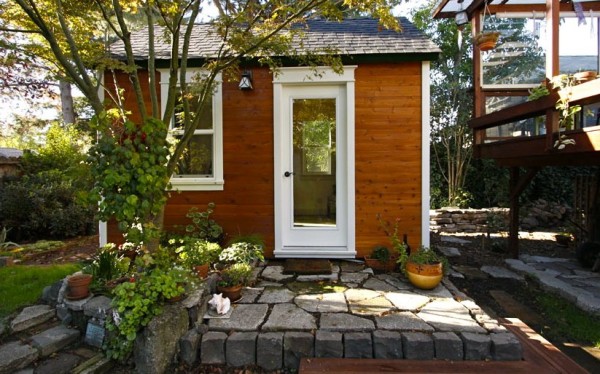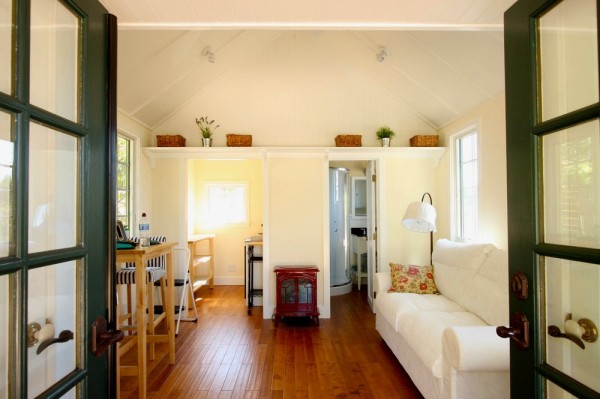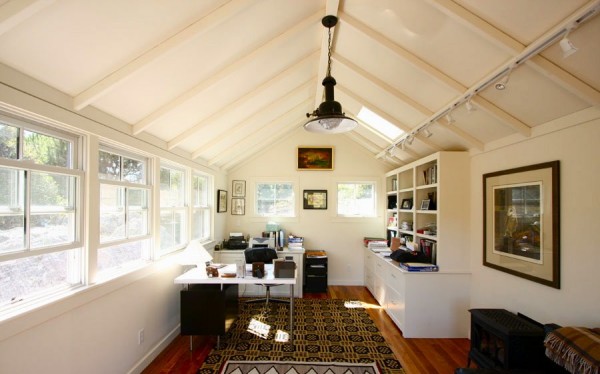There is something strangely alluring about tiny houses. If someone would have told me ten years ago that one day I would dream of living in a home the size of a monk’s cell, I would have thought it as likely as my suddenly fantasizing about being downgraded from a first class airline ticket to economy — with a mid-row seat.
Yet here I am, ten years down the line, obsessively clicking on every link that contains the word “tiny” followed by “house,” while drawing up a detailed downsize and declutter plan that would knock the “life-changing” socks off of Marie Kondo.
And I am not alone in my Lilliputian thoughts. While the accommodations may be small, the tiny house movement is anything but tiny. Over the past few years, Sonoma County has seen an outbreak of “fever for cabins” due to the steady rise of Bay Area real estate prices. Even Sonoma County supervisors are now tuning into the tiny trend by proposing the construction of a tiny village as a means to alleviate local homelessness.
Whether it is a matter of lifestyle choice or bare-bones necessity, a move towards “living lightly” can come with benefits which include an environmentally conscious way of being that is both simpler and less materialistic. Jay Shafer, the small space pioneer who founded design-and-build company Tumbleweed in Sebastopol in the late 1990s, explains that a tiny house isn’t so much small as it is essential: “it is simply a well-designed home, with all of the unnecessary parts edited out.”
A convergence of form and function is at the center of Shafer’s new, Cotati based company, Four Lights. From his 98 square-foot “Zinn” to the more capacious 288 square-foot “Marie Colvin,” Shafer’s designs have a sleek rather than tiny feel. Four Light’s smallest, most affordable and easiest to build house plan, the Zinn, is a charming mini version of a traditional Craftsman home. Purchase the house plan for $499, and you can commence construction of your very own tiny home — on wheels or foundation — featuring a 9’ 8” cathedral ceiling, a sleeping loft with skylight, additional fold-out bed, stainless steel fireplace by Dickinson Marine and “lots of storage” (well, it’s all relative…)
Four Lights presently offers house plans only, but prefabricated models are in the works. In the meantime, Shafer’s “The Small House Book” can serve as a useful guide for the aspiring tiny house owner. In this “holy scripture” of the tiny house movement, readers can learn about the essentials of small house building: how to build a house using common tools, how to work with building codes and zoning restrictions, how to mount a house on a trailer and how to determine which building materials to use.
If you don’t fancy yourself a DIY type of guy/gal, you might want to follow the progress of Shafer’s Sonoma County micro-utopia. For the past three years, Shafer has been working on assembling a village of his designs and is now in talks with local officials about setting up his tiny house community near Sebastopol.
At Tumbleweed (now located in Sonoma and run by Shafer’s former business partner Steve Weissmann), tiny house aficionados can choose between a series of prefabricated RVs (ranging in size between 117 and 172 square feet) and design their own customized Tumbleweed with different layouts and looks to suite individual preferences.
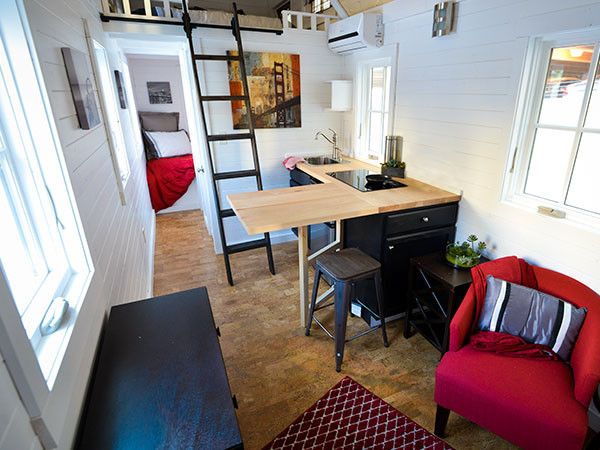
The Elm by Tumbleweed. Choose from natural stains to keep with the woodland feel or choose white, maple, cherry or mahogany for a pop of color.
Tumbleweed’s smallest most beloved model, the Elm, comes in at $57,000 and features a full porch and lancet window. This traditional tiny home offers a mix of possibilities with downstairs bedrooms and lofts, different kitchen options and utility setups. Built on wheels which can be covered when parked, the Elm is easy to move and requires no special permit to tow.
In Petaluma, Little House on the Trailer partners with a factory production facility to deliver “beautiful, energy efficient custom homes at an affordable price.” From guest houses to home care cottages and offices, from full family homes to landscaper retreats and artist studios, this cleverly named company promises to provide a dwelling that is equal to a site built home at half the price. The company ensures seamless installation by coordinating closely with licensed contractors. Owner/designer Stephen Marshall began his building career in 1973, designing and constructing homes in Marin. For the last four years, he has focused on mobile homes, hand-building many Little Houses for a variety of uses.
My personal Little House favorites include the AROYO (A Room Of Your Own, fit for the aspiring writer); the San Antonio House, with French doors, site-constructed deck and loft; and the Pierce Point Dwelling, inspired by historic farm buildings in Point Reyes and featuring beaded wainscoting, cove crown molding and a fireplace mantle typical of buildings found on the old railroad line in Point Reyes Station.
And so, I leave you with these lovely images as I continue to think outside of the (shoe)box and dream dreams of my very own tiny home.

